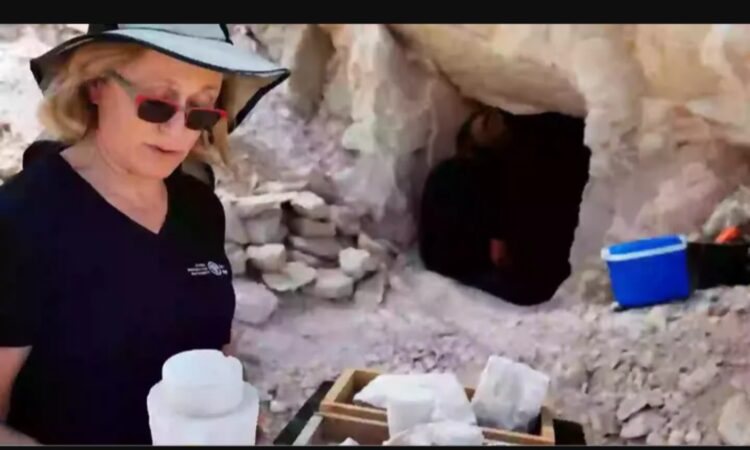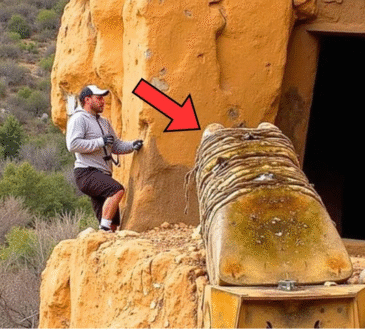Archaeologists explain how they identified ‘thriving village’ where Jesus turned water into wine

Archaeologists believe they may have finally found the true location where Jesus performed his first miracle—turning water into wine—at a wedding in Cana, as told in the Bible. Although the exact site has been debated for years, a team of researchers now thinks the small ancient village of Khirbet Qana in present-day Israel is the real place, not the traditionally accepted town of Kafr Kanna.
According to the Bible, Jesus was at a wedding with his mother, Mary, when the wine ran out. He then turned water into wine—his first recorded miracle in the Gospel of John. This story has been a cornerstone of Christian teachings, but no one has been completely certain where it actually happened.
The archaeological team, led by Dr. Tom McCollough, carried out several digs at Khirbet Qana, a site that dates back to between 323 BC and 324 AD. In 2018, they found underground tunnels believed to have been used by early Christians for worship. These tunnels contained carvings of crosses and a Greek phrase that translates to “Lord Jesus.” They also discovered an altar and a stone shelf that held remains of a stone vessel—objects that strongly suggest religious and wedding-related activities.
Interestingly, the Gospel story mentions Jesus turning water into wine stored in six stone jars. The type of stone vessel found at Khirbet Qana matches that biblical description, which strengthens the team’s argument that this was the real site.
While Dr. McCollough acknowledged there are three other possible sites with their own evidence, he insists that Khirbet Qana stands out because of the combination of archaeological finds, early Christian worship features, and descriptions from ancient pilgrim texts. These texts, written between the 5th and 12th centuries, talk about pilgrims visiting the site of the miracle in Galilee—and their accounts closely match what was found at Khirbet Qana.
Dr. McCollough believes these discoveries are important and should make scholars reconsider what they know about Jesus’ life, particularly his connection to Cana. He explained that this village wasn’t just the site of one miracle—it also appeared to be a kind of “base” or “safe place” that Jesus and his disciples returned to whenever they faced opposition elsewhere.
In his words, the findings make a strong case for taking a fresh look at the Gospel of John and how historically accurate its details about Jesus might be.




